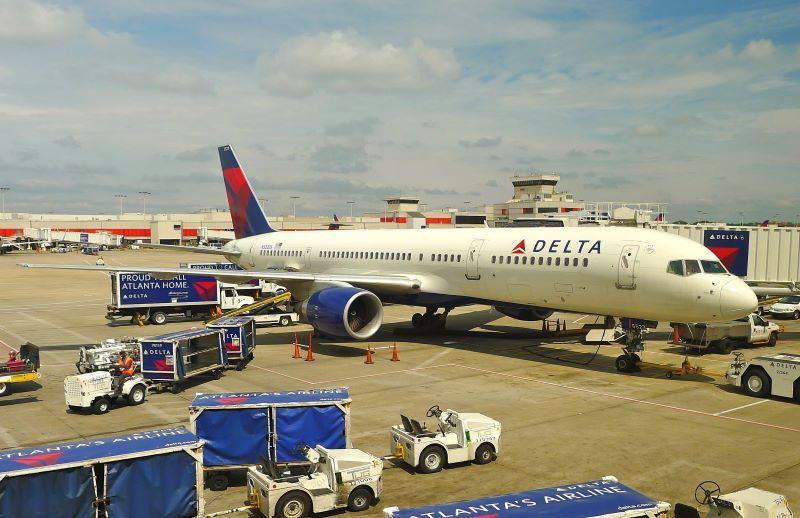
Delta Air Lines Boeing 757
Credit: Sean Broderick/AWST
Delta Air Lines sees a recent jump in maintenance costs to overhaul engines for its venerable Boeing 757 fleet as an easy decision given the benefits those aircraft offer in its network. “The returns are very good related to how we deploy it and fly it within our network,” CFO Dan Janky said on the...
Subscription Required
This content requires a subscription to one of the Aviation Week Intelligence Network (AWIN) bundles.
Schedule a demo today to find out how you can access this content and similar content related to your area of the global aviation industry.
Already an AWIN subscriber? Login
Did you know? Aviation Week has won top honors multiple times in the Jesse H. Neal National Business Journalism Awards, the business-to-business media equivalent of the Pulitzer Prizes.





